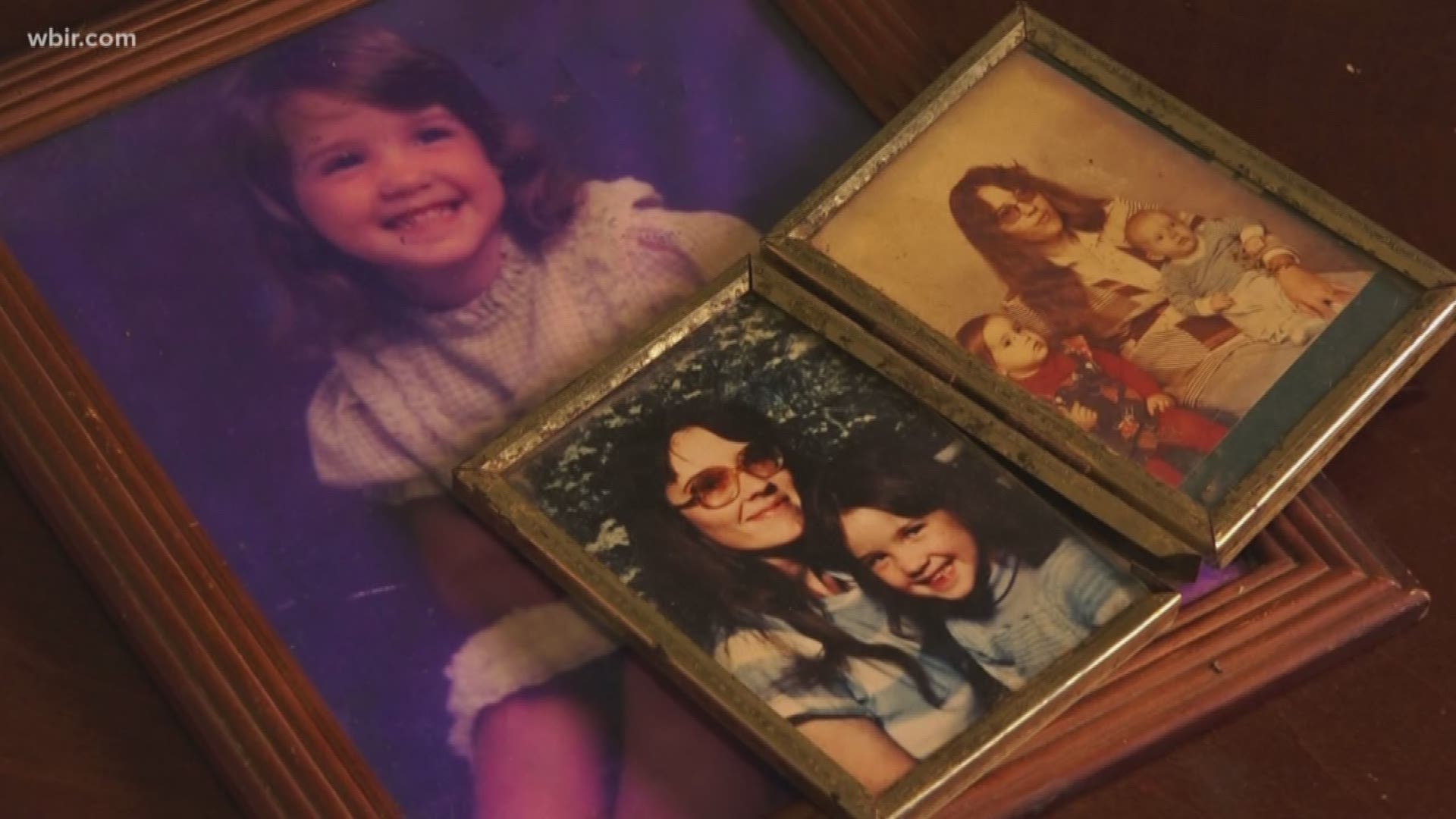KNOXVILLE — Editor's Note: Billy Ray Irick was executed by means of lethal injection the night of Aug. 9, 2018. A 10News journalist witnessed the execution. You can read his account here. This story originally appeared on July 30.
Death row inmate Billy Ray Irick of Knoxville is scheduled to die Aug. 9, 2018, at the maximum security prison in Nashville. This marks the fifth time an execution date has been scheduled for Irick since a jury sentenced him to death in 1986.
After decades of delays and appeals, the public's memory of Irick's cruel crime in 1985 has faded. News blurbs during his countless appeals usually mention he was convicted of murder and raping a 7-year-old girl. The reports sometimes mention the name of his victim, Paula Dyer.
Paula Dyer's family says her name is not mentioned enough.

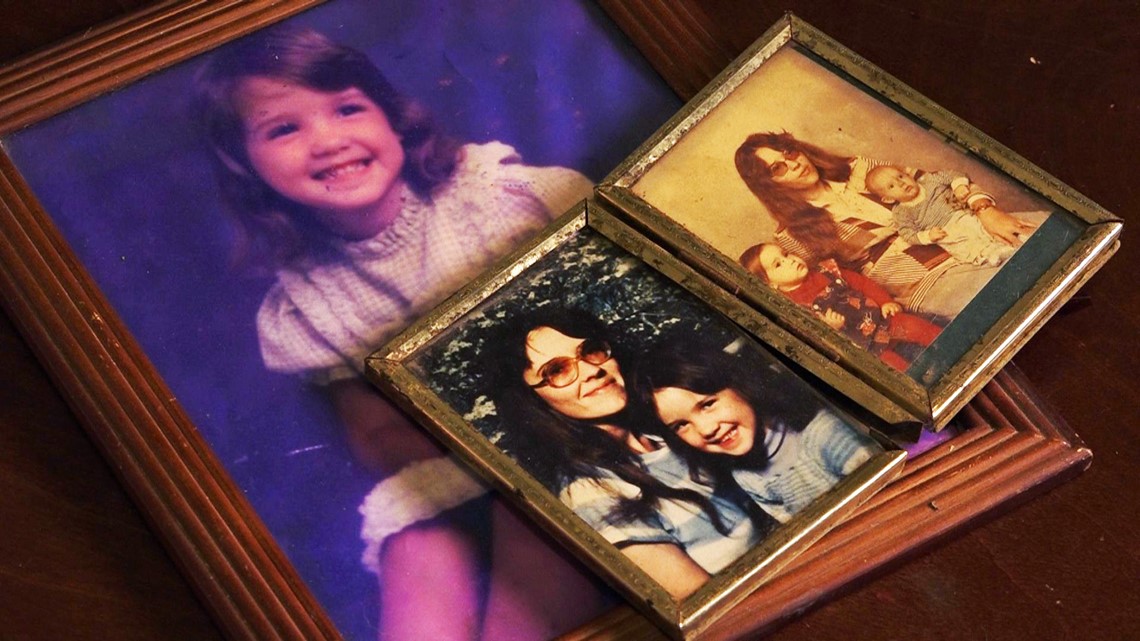
"All you ever hear about is him [Billy Irick]. Nothing about her," said Kathy Jeffers, the mother of Paula Dyer. "What he did to her is the reason he's where he is. I am sick of hearing about his pain and his suffering. What about her pain and her suffering? She was 7 years old, raped, sodomized, and strangled to death. I'm sorry, I feel nothing for his pain. Nothing at all. God, forgive me, but I don't."
Paula Dyer's loved ones have never been able to forget the brutal details of how she suffered. They don't have to be reminded Irick was babysitting Paula and four of her brothers the night he killed her. The boys were helplessly trapped in a bedroom and could hear Paula's screams as Irick raped, sodomized, and suffocated the life from her broken body.
"The boys tried to get to her and help but couldn't because the door was barricaded. They still have nightmares. Everybody that has been tied to this, in one way or another, is a victim of Billy Irick. My family lived through it. Now my grandchildren are living through it. It has been 30-something years and it is still going on. The suffering just doesn't stop," said Kathy Jeffers.


For this story, WBIR spoke to Paula Dyer's family and reviewed decades of 10News video archives, court documents, and newspaper articles. We remember why a judge called her death and rape the most brutal case of his career. We remember why Irick's own mother refused to ask jurors to spare his life. Paula Dyer's family wants people to remember why he is on death row.
BILLY IRICK'S TROUBLED CHILDHOOD
Billy Irick was born in 1958 and showed signs of mental illness as a 6-year-old. Clinical social worker Nina Braswell Lunn evaluated Irick when he was in the first grade and described him as a disruptive boy who told stories about being beaten and tied up at home by parents unable to control the troubled child. Lunn later testified Irick may have been suffering from mild organic brain damage since birth.
Irick was institutionalized for a year and then sent to an orphanage in Sevier County that provided care for emotionally-disturbed children. Arrangements were made in 1972 to allow 13-year-old Billy to visit his parents' home. During the visit, court documents say Irick hit the television set with an ax, destroyed flower beds, and used a razor blade to shred the pajamas worn by his sleeping younger sister.
Despite his troubled adolescence, Irick made it to adulthood and found a job as a dishwasher at the Dixie Plaza Truck Stop on Lovell Road. In 1983, he met husband-and-wife Kenny and Kathy Jeffers, the parents of Paula Dyer.
"Kenny worked as a diesel mechanic and I waited tables at Hagamans Truck Stop. Kenny met Billy first, then we got to be friends and he moved in with us at our house in Clinton," said Kathy Jeffers.
IRICK JOINS JEFFERS; BILLY SAVES CHILDREN
When the Jeffers married in 1982, Kathy said their home was like "The Brady Bunch" because the couple already had seven children from previous relationships. The Jeffers soon grew their family with the birth of a son in 1983.


"All of the kids were really close and loved each other. There was no 'step' or 'half' brother or sister. They were brothers and sisters from the start. They would seriously fight anyone who told them they were not full brothers and sisters and still feel that way," said Kathy Jeffers.
In 1984, the Jeffers and five of the children lived together at a home in Clinton. Billy Irick became a roommate in the crowded house for more than a year and helped take care of the children as Kenny and Kathy worked odd hours and overnight shifts.
"He was just like part of the family. In fact, when our house caught fire, he actually saved two of the boys from the house," said Kathy. "After the fire, we had to split up because I couldn't find a house big enough where he [Irick] could stay with us."

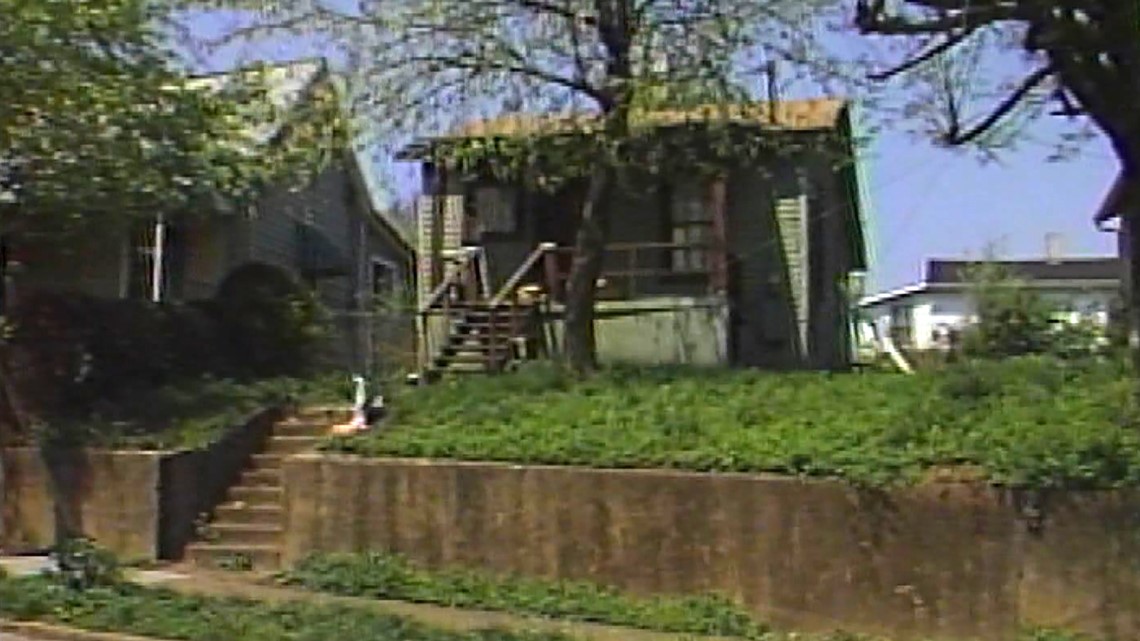
Kenny and Billy moved in with Kenny's parents in the nearby neighborhood of Western Heights. Kathy and the five children found a small rental home at 1205 Exeter Avenue in Knoxville.
PAULA'S PURE PERSONALITY
Kathy Jeffers said her daughter was always extremely trusting of others and saw the best in people.
"She was very outgoing and very friendly. She never met a stranger. Sometimes it scared me to death. We would be at K-Mart and I'd turn around to find her a few aisles over trying to hold somebody's hand. I tried to tell her she could not do that, and she said, 'Why, mommy? Jesus loves everybody. Why can't I?' That was Paula," said Kathy.
Paula's personality quickly made a positive impression on the new neighbors on Exeter Avenue.

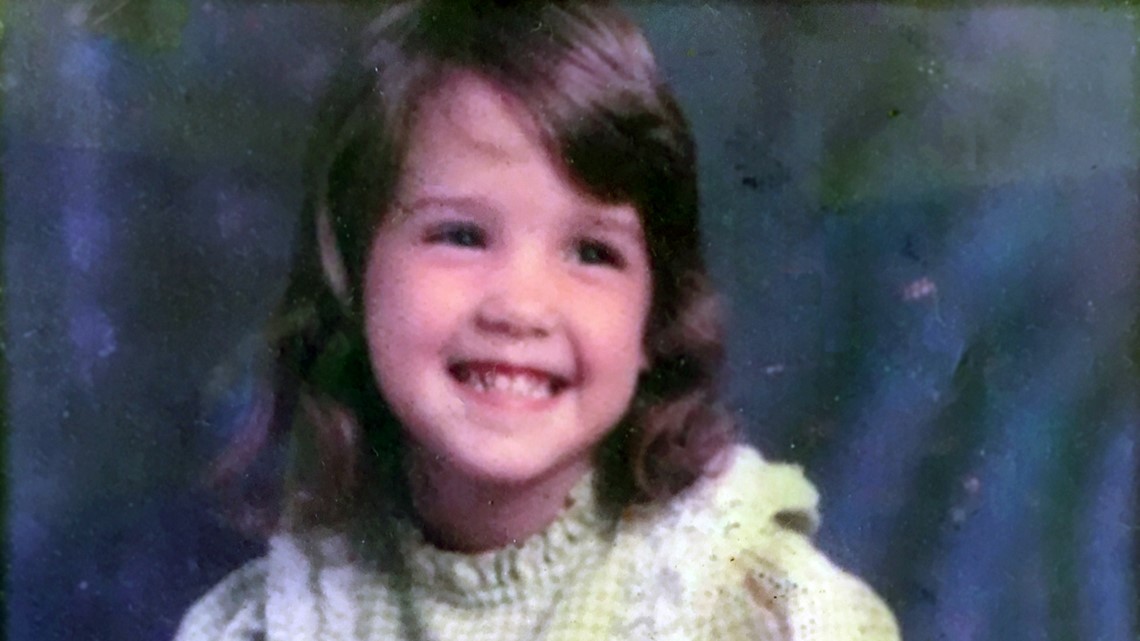
There was this woman who lived next to us. Paula picked flowers, went over and introduced herself and said, ‘Can we be friends?' That was what she was like," said Kathy. "If more people had her outlook, can you imagine what a better place this would be? The world needed her."
KIND PAULA KILLED
The morning of April 15, 1985, began with conflict for Billy Irick. He argued with the mother of Kenny Jeffers, who kicked him out of her home. Irick then picked up his final paycheck from a previous job and drank a few beers. The day ended with Kenny Jeffers dropping Irick off at the Exeter Ave. home.
"I had to work the graveyard shift and my regular babysitter could not come over that night. I thought Kenny, my ex-husband, was going to watch the kids. He had to do something, so he got Billy to come over," said Kathy Jeffers.
When Kathy left for work at around 10:00 p.m., the five children were asleep. Something about Irick's behavior was unsettling and she did not feel comfortable leaving the children in his care.

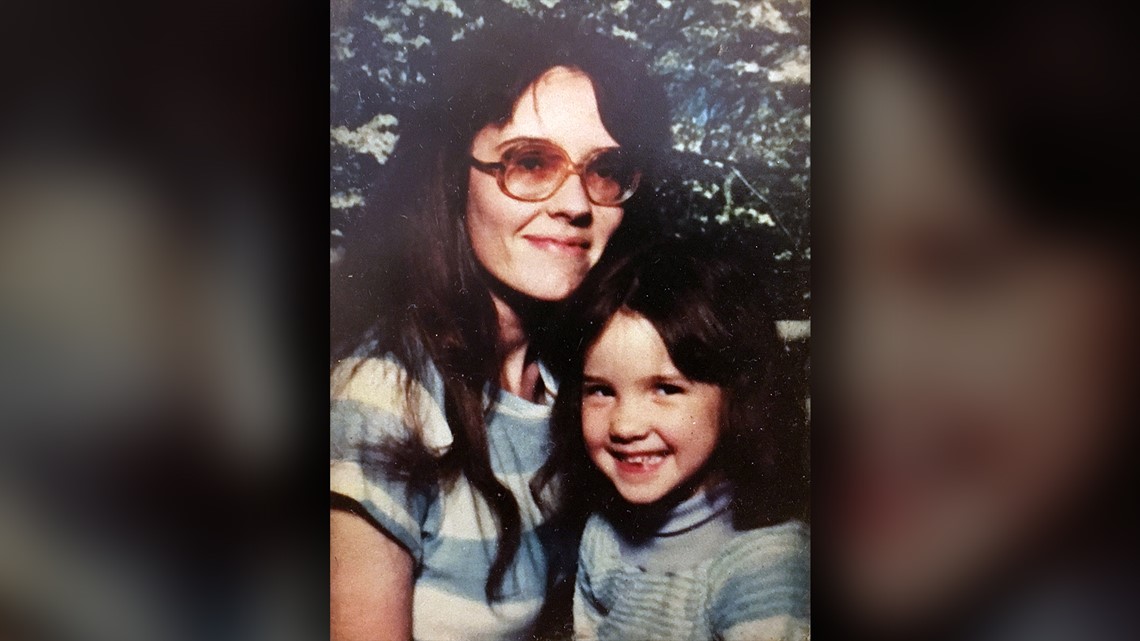
"I don't know if you call it 'intuition,' but something seemed off about him. I stopped at a payphone and called Kenny at the truck stop and asked him to get back to the house," said Kathy Jeffers.
At around midnight, Kenny Jeffers received another phone call at the truck stop. It was Billy Ray Irick. He told Jeffers to come home and said, "It's Paula. I can't wake her up."
Kenny Jeffers testified when he arrived at the home, Irick was standing on the porch with his arms hanging limply by his side. Jeffers found Paula unconscious on the floor with a pool of blood between her legs. She was not breathing, but Jeffers could feel a pulse. Kenny Jeffers wrapped Paula in a blanket and rushed her to Children's Hospital.
Paula Dyer was essentially dead on arrival at Children's Hospital. Nonetheless, Dr. Jim Kimball tried unsuccessfully to revive the child for about 45 minutes. Dr. Kimball testified Paula "was not breathing," her face was blue, and she was "oozing blood" where she was brutally raped anally and vaginally. Dr. Kimball ruled asphyxiation the cause of death.
By the time Kathy Jeffers arrived at the hospital, her daughter was dead.

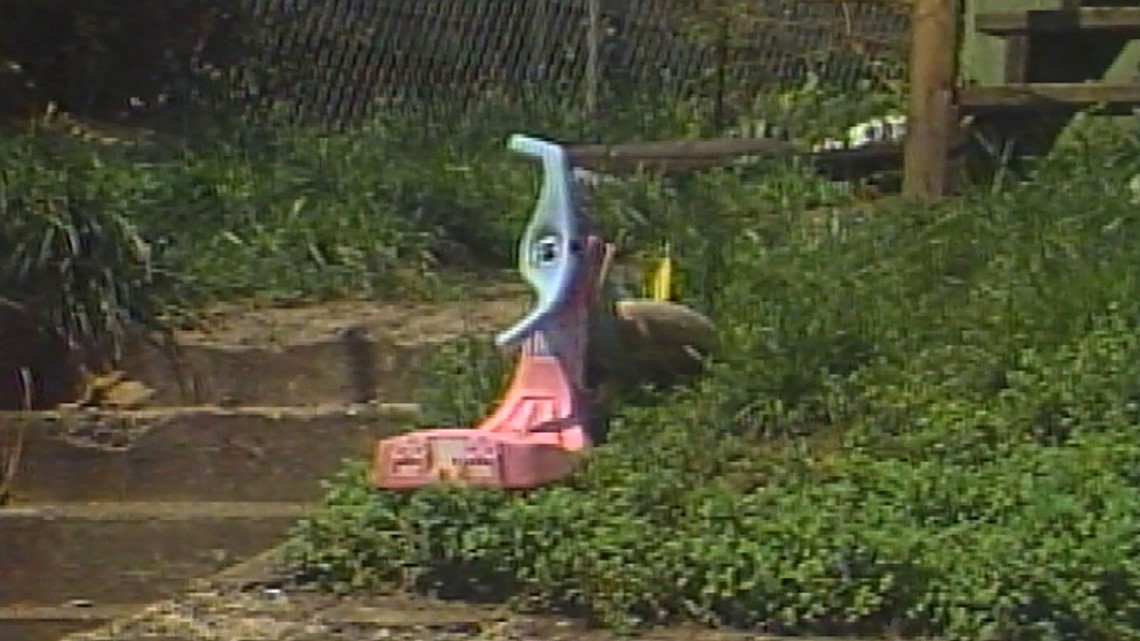
"I kind of went nuts. They finally let me go back [where Paula's body was] and I kept trying to wake her up. I kept telling her, 'Mommy is here. Mommy is here.' That is when the chaplain came in and took me into the room to talk about what happened to her," said Kathy Jeffers.
Dr. David Douglas Wilson, a pathologist at the University of Tennessee hospital, performed Dyer's autopsy and agreed asphyxiation was the cause of death. Along with a severely torn rectum and vagina from the rape, he noted Paula was hit in the head with a blunt object or fist that may have knocked her unconscious. She also had injuries to her neck and face, likely caused by pressure from a hand.
IRICK SOUGHT, CAUGHT, CONFESSED
On Tuesday, April 16, 1985, the Knoxville Police Department told the public to be on the lookout for Billy Irick, a 26-year-old man with straight black hair, blue eyes, a long scar along his spine, standing 5'7" tall, and weighing 140 pounds. At around 5:00 p.m., Irick was spotted and arrested beneath the Baxter Avenue bridge on I-275.
Police said Irick was cooperative, remorseful, and confessed to the crime verbally and in-writing. Detectives also testified Irick claimed to have blacked out for about 30 minutes during the attack.

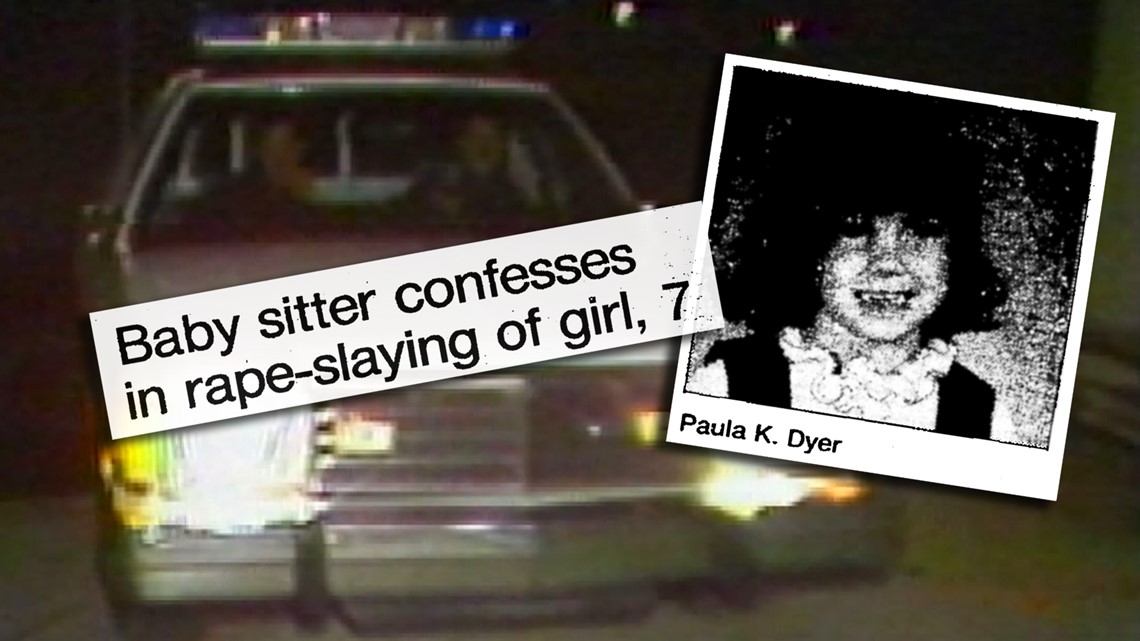
Arthur Bohanan, forensic specialist with the Knoxville Police Department, found hair from Paula Dyer on Billy Ray Irick's head and pubic area. Irick's hair was also found on the child.
Irick was arraigned on April 17, 1985. When Judge Andrew Evans asked Irick if he had an attorney, Irick said he did not need a lawyer and wanted to confess. Judge Evans cut off the confession and appointed two attorneys to represent Irick, knowing this was almost certain to be a capital punishment case.
HELPING PUT PAULA TO REST
The community rallied to help the Jeffers pay for a funeral they could not afford just two weeks after losing almost everything they owned in a house fire.
Paula's new first grade classmates at Beaumont Elementary School collected donations. Other groups held car wash fundraisers. Commercial drivers also spread the word of Paula's death and provided aid for the couple they knew for fixing trucks and feeding truckers in West Knoxville.
"There was so much everybody did. I can't even remember it all. ALCOA aluminum raised money for us to take the kids to Disney World and just get away from everything," said Kathy.


The family was able to bury Paula Dyer on Apr. 19, 1985, at the Glenwood Baptist Church Cemetery in Powell. She was buried holding a Cabbage Patch doll, a popular toy she had wanted.
"She was obsessed with those Cabbage Patch Kids, but they were not inexpensive. We were saving to get her one when the house burned," said Kathy.
IRICK CHARGED, CONVICTED, SENTENCED 1985-1986
After a six-day trial, a Knox County jury convicted Billy Irick of first-degree murder and two counts of aggravated rape on Nov. 1, 1986. John James Duncan, Jr., now better-recognized as longtime U.S. Congressman Jimmy Duncan, was the judge during the trial. He called the Dyer's rape and murder the most brutal case in his career on the bench.
Court-appointed defense attorneys Ken Miller and Jim Varner tried to save Irick from the death penalty by arguing he suffered from severe mental illness since childhood. During sentencing, Varner asked the jury to sentence Irick to life in prison and said, "I am not going to ask you to forget Paula Dyer. You can't forget Paula Dyer, but I do think the circumstance here is not a death penalty case."

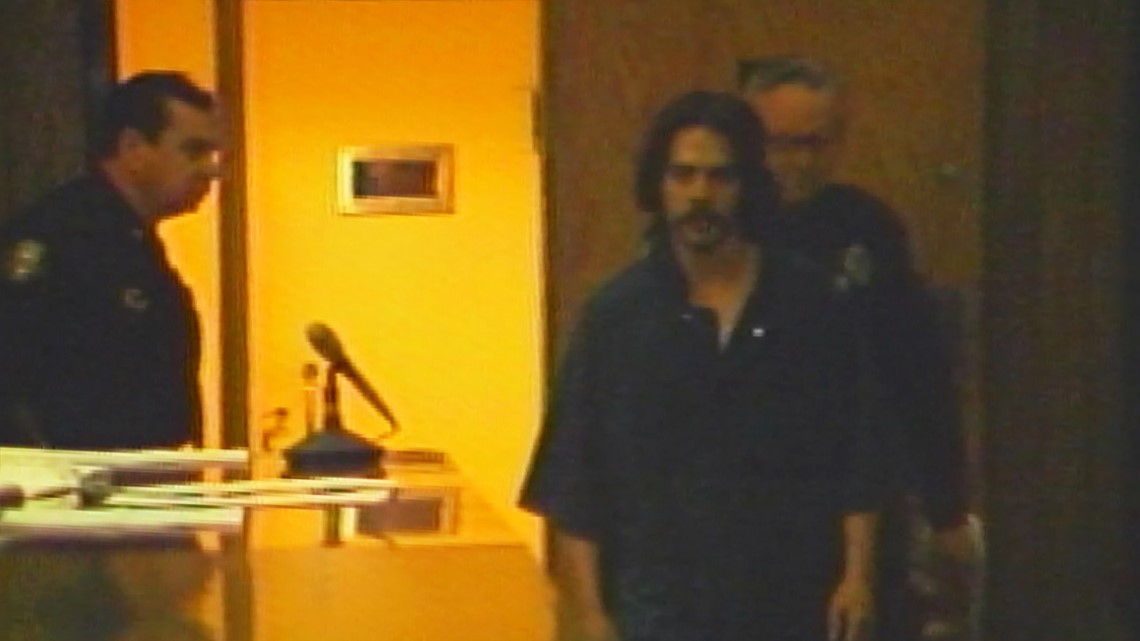
To say the defense was short on character witnesses for Irick is an understatement. His own mother, who worked in law enforcement, refused a request by the defense to ask the jury to spare his life.
"People have blamed his family. They are not to blame. They were good people. They are victims in all of this, too," said Kathy Jeffers. "During the trial, his mother came in and sat down next to me in the courtroom. She loved him. He was her son and you can't just turn that off. But she knew what he did was wrong, and she knew my daughter."
When the jury of eight men and four women sentenced Irick to die in the electric chair, he smiled and shrugged his shoulders.

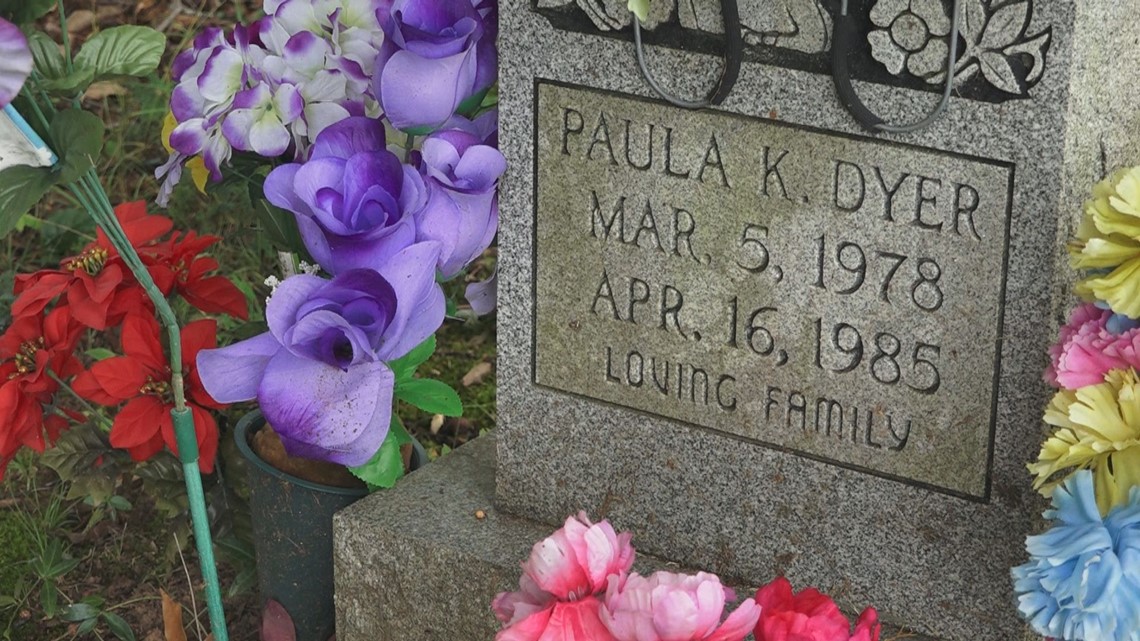
"He just sat there," said Kathy Jeffers. "I felt like it [the death penalty] was deserved and it was over. Or it would be over. It still is not over 30-something years later."
DECADES OF EXECUTION DATES AND APPEALS
Irick was first scheduled to die in the electric chair on May 4, 1987. Nobody truly expected him to be executed at that point because the law requires the state Supreme Court to review all death penalty cases. Then his case was appealed federally to the Supreme Court of the United States.
Every time, the courts have ruled Irick's death sentence would stand. Every time, the courts determined Irick was mentally competent to pay the ultimate price for his crime. Every time, the broader issues of the constitutionality of capital punishment, the electric chair, and lethal injection protocols have postponed his dates with death.

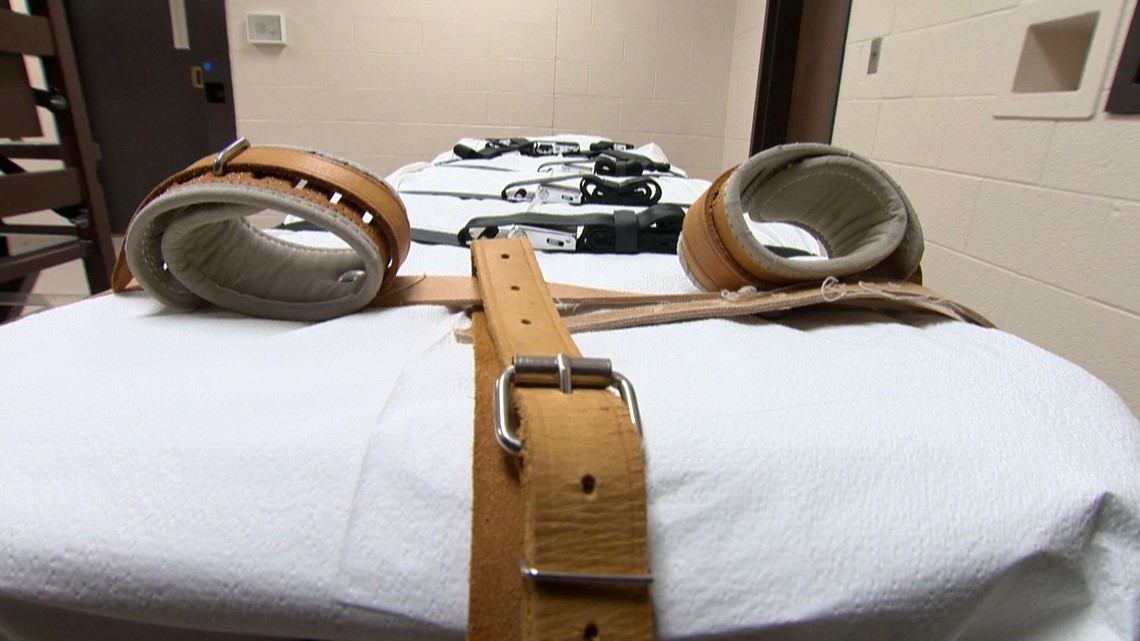
Although Tennessee was sentencing inmates to die, the state did not execute anyone from 1960 until 2000 during ongoing debates about acceptable methods of execution. Executions resumed in the years after the state adopted lethal injection.
Subsequent last-ditch appeals included claims of new evidence and testimony proving Irick suffered from psychosis at the time of his crime. The appeals were denied as the state's own doctors evaluated Irick and said there was "no question" he knew what he was convicted of, his relationship to the victim, and why he was sentenced to die. In 2010, the court noted experts agreed Irick did not have any current symptoms of delusions or hallucinations, had not been treated for mental illness while in prison, and had not been prescribed anti-psychotic drugs since he was a child.
Irick's execution dates in 2010 and 2014 were postponed due to pending litigation over the state's protocols for determining if inmates were unconscious when administered lethal injection drugs. Access to the drugs used in lethal injection also became an obstacle to his execution.

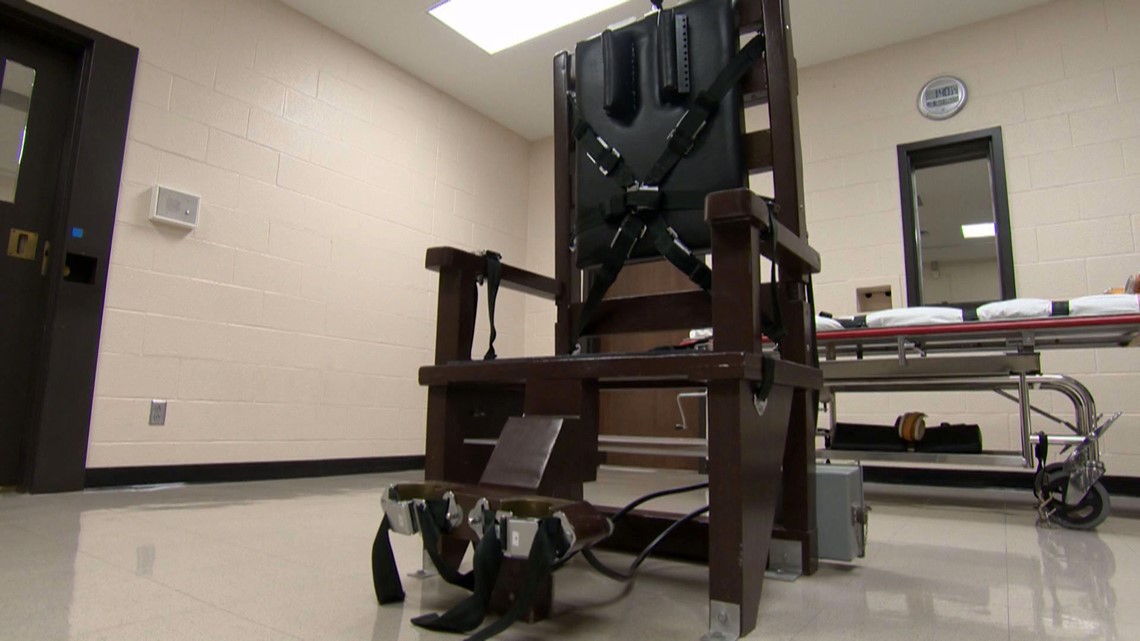
In March 2017, the state Supreme Court approved lethal injections in Tennessee. In January 2018, the state scheduled Billy Ray Irick's execution for Aug. 9, 2018, at the Riverbend Maximum Security Institution in Nashville.
THE UNENDING END
Billy Ray Irick was 26 years old when he was babysitting Paula Dyer and her siblings in 1985. He brutally raped and murdered the 7-year-old girl while her brothers could hear the violent crime that ended her life. Now Irick is 59 years old and has outlived many of Paula Dyer's relatives who believed he would die for his crime.
"Both of my parents have passed on and so have Paula's other grandparents. Two of my sisters have died and so have other aunts and uncles on other sides of the family," said Kathy Jeffers. "I don't want my children to have to relive everything over and over. And now my grandchildren are having to live through it. They have already promised if anything happens to us, they will keep fighting to make sure it [Irick's execution] happens. I want this to be over for them."

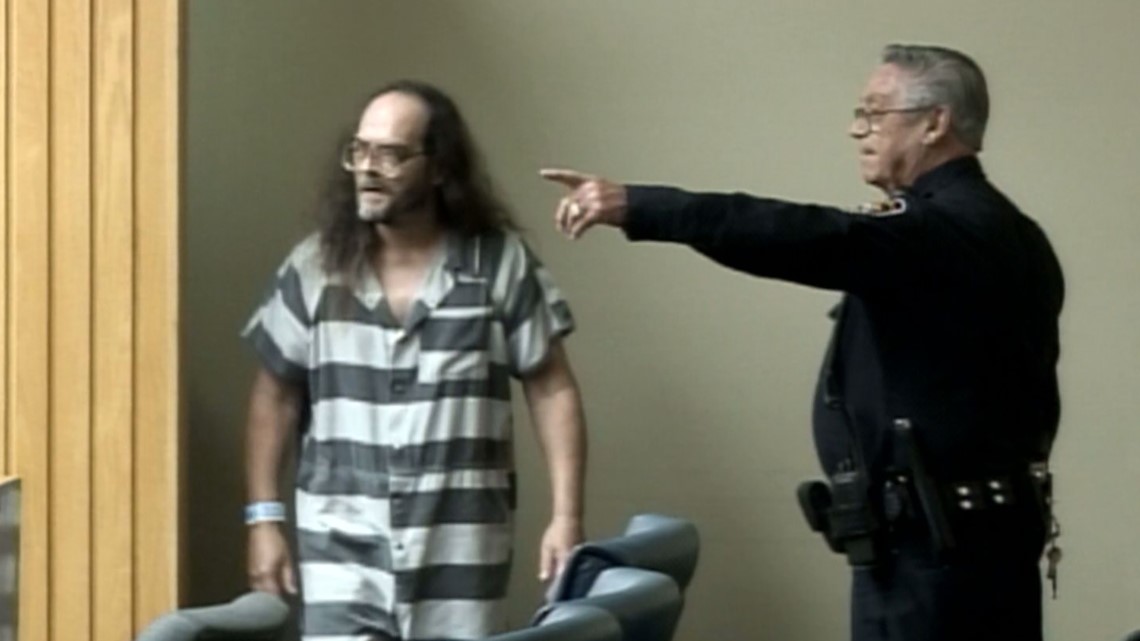
For more than 33 years, Paula Kay Dyer has been buried at a cemetery in Powell. Floral arrangements still cover the grave of a child who gave fresh flowers to strangers. Paula's name is on more than a tombstone. She is the namesake for two of Kathy's grandchildren.
"Paula has two nieces that were named after her by her brothers," said Kathy Jeffers. "She is not forgotten."
Paula Dyer's brother, Jason Jeffers, has multiple tattoos that pay homage to her. Paula's initials are on his forearms and a likeness of her face is tattooed on his leg.
Kathy Jeffers says her family's suffering may not stop if Irick is executed, but she wants closure. She wants people to remember why Billy Irick is on death row. Remembering why means remembering Paula Kay Dyer.

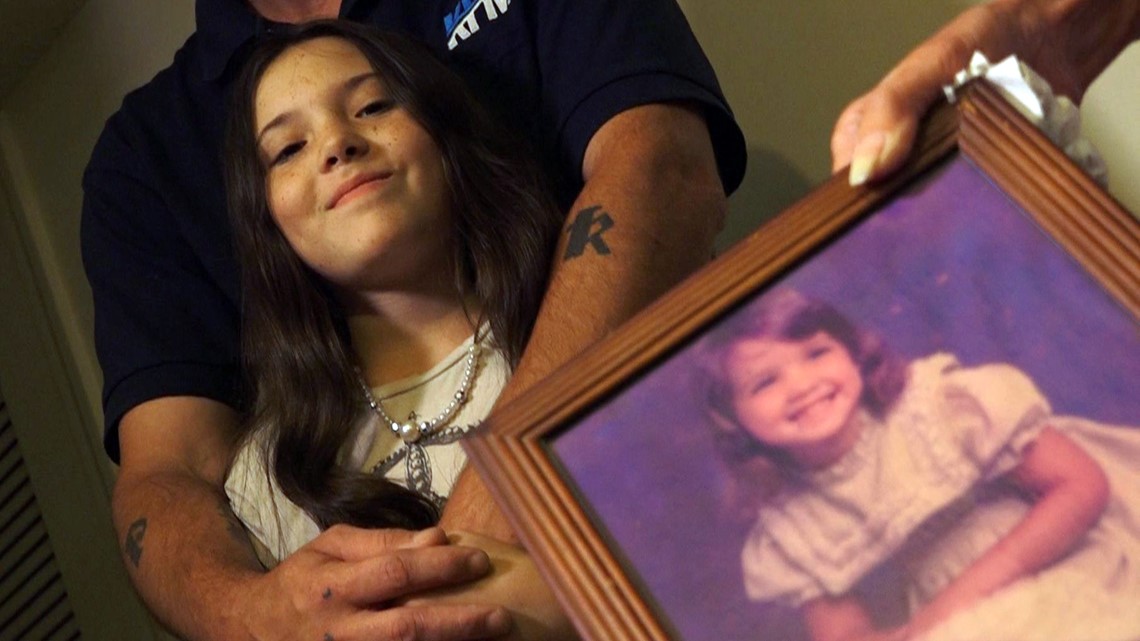
"She was alive. She's real. She's not just a name on a piece of paper. That's what she is boiled down to now, according to the papers and the courts, is just a name. She is more than that. She is a lot more than that. She still is," said Kathy Jeffers. "I don't think Paula can rest in peace until this is resolved. I honestly don't believe she can. Paula needs to rest in peace."

